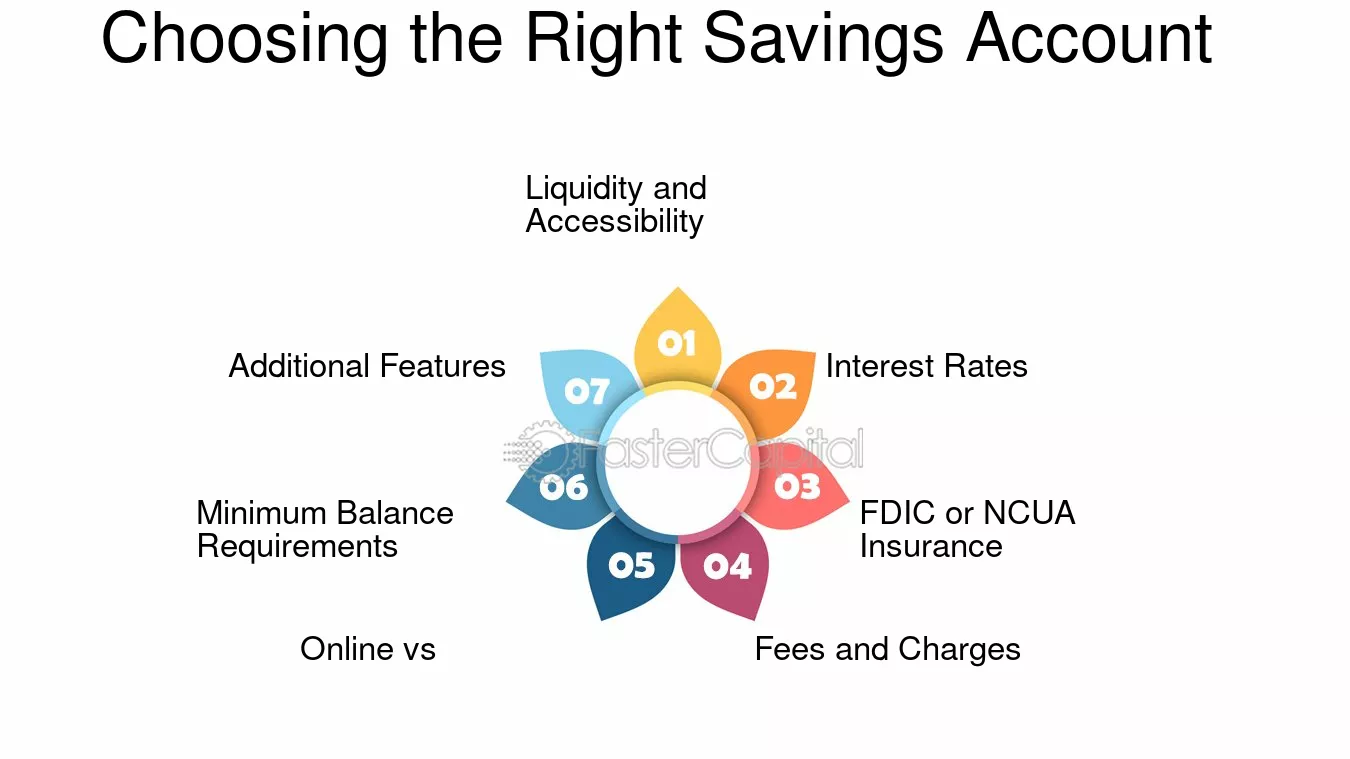Understanding the Rise of Single-Family Rentals as an Asset Class
Single-Family Rentals: A New Investment Frontier
Wall Street’s growing interest in single-family rentals (SFRs) marks a significant shift in the real estate market. Once dominated by small-scale investors, SFRs have become a mainstream asset class, attracting institutional investors like Blackstone and J.P. Morgan. This transformation is driven by demographic trends, economic pressures, and the scalability of SFR investments.
Why Single-Family Rentals Are Thriving
The demand for SFRs is fueled by rising home prices, higher mortgage rates, and changing lifestyle preferences. Millennials and Gen Z are increasingly choosing to rent suburban homes for their affordability and convenience. This trend aligns with the post-pandemic shift to remote work, enabling families to prioritize space and quality of life over proximity to urban centers.
Key Drivers Behind Wall Street’s Investment in Single-Family Rentals
Explosive Renter Demand
Renter households are growing faster than homeowner households, with rental costs significantly lower than mortgage payments. This affordability gap has made renting a more attractive option for many families.
Strategic Market Focus
Institutional investors are targeting high-demand markets by acquiring existing homes and developing built-to-rent communities. This strategic focus ensures steady returns while addressing housing shortages.
The Financial Appeal of Single-Family Rentals
Stable Returns and Portfolio Diversification
SFRs offer stable rental income and long-term appreciation potential, making them a reliable investment during economic cycles. They also provide diversification benefits, reducing exposure to stock market volatility.
Scalability and Resilience
Advancements in technology and economies of scale have made SFRs a scalable asset class. Institutional investors can efficiently manage large portfolios while meeting the needs of a growing renter base.
Addressing Housing Shortages Through Built-to-Rent Communities
A Solution to the Housing Crisis
The U.S. faces a persistent housing shortage, with limited for-sale options driving demand for rentals. Built-to-rent developments offer a viable solution by increasing housing supply in underserved markets.
Institutional Impact on Housing Accessibility
While institutional investments boost housing inventory, they also raise concerns about affordability. Critics argue that large-scale ownership may contribute to rising rents, though proponents highlight the benefits of increased rental options.
The Future of Single-Family Rentals as an Asset Class
Long-Term Growth Potential
With $110 billion earmarked for SFR investments by 2030, institutional ownership is expected to grow significantly. This trend underscores the long-term viability of SFRs as a core component of the housing market.
Balancing Risks and Opportunities
For individual investors and homebuyers, Wall Street’s involvement presents both challenges and opportunities. While competition may drive up prices, new construction could improve housing accessibility over time.
Why Wall Street Is Here to Stay in Single-Family Rentals
Wall Street’s deepening commitment to single-family rentals reflects their potential as a resilient and profitable asset class. By addressing housing shortages and meeting evolving renter demands, institutional investors are reshaping the real estate landscape for good. Whether you’re an investor or a homebuyer, understanding these dynamics is key to navigating this rapidly evolving market.









